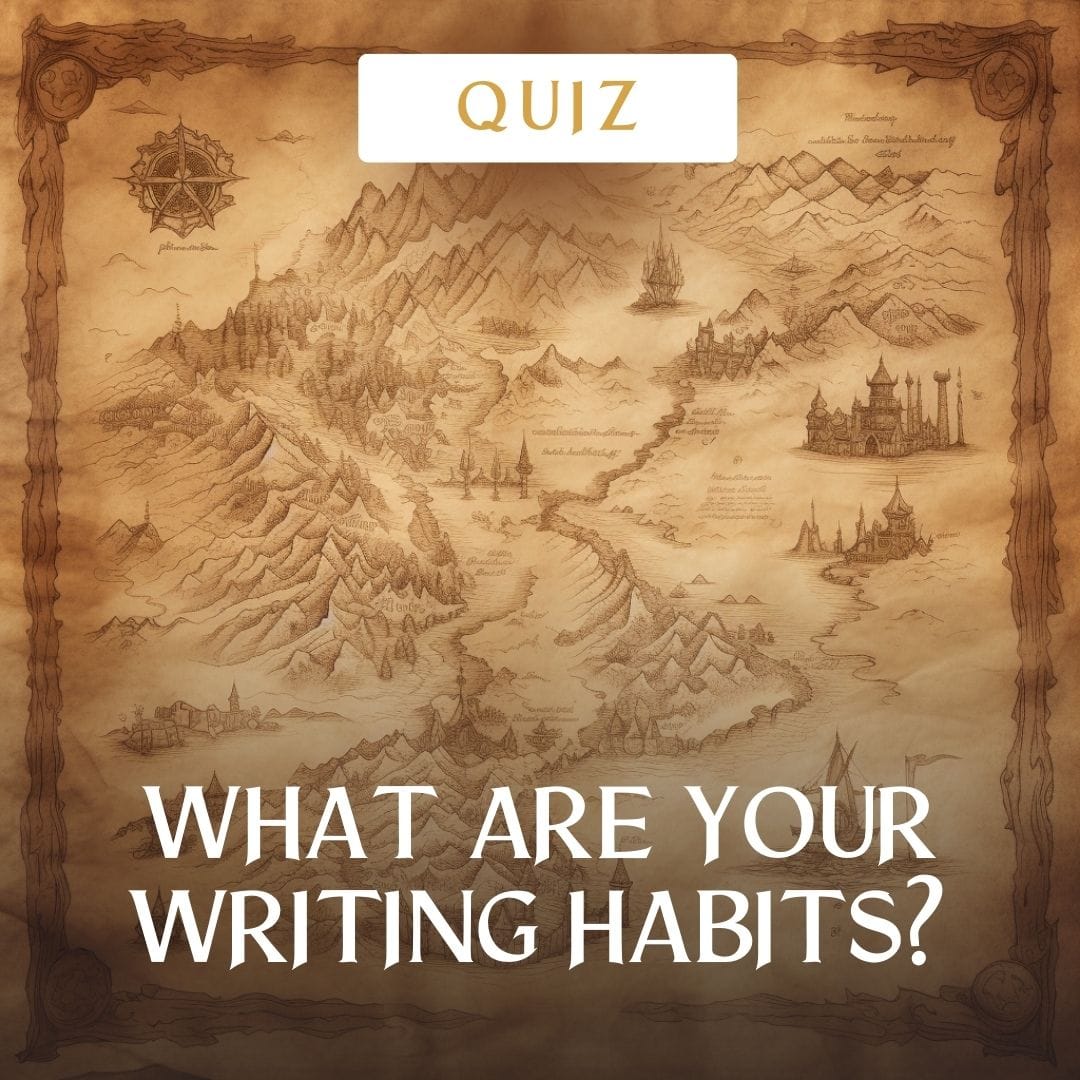Welcome, legend! Learn how to write a great short story that captivates readers by following these nine tips, including keeping the plot clear, focusing on a compelling character, and using sensory details to bring your story to life. Also, get proofreading tips and advice on how to get feedback from beta readers.
All stories are reviewed by our (extremely friendly) mentors. During a contest, you might get an email asking you to review your story according to one or more numbers on this page.
Please incorporate your edits, and let us know when your story is updated! This is how we help you grow as a legend (writer), and ensure our readers can count on great fiction.
1. Well Edited
Short story submissions should be well edited. Stories with grammatical errors in the first few paragraphs will be immediately returned to you. Before submitting, run your story through:
- Grammarly for all grammar issues
- Hemingway Editor to make your sentences stronger
2. Opening Paragraphs
The plot of short story submissions (hero and goal) should be clear within the first few paragraphs. Certainly within the first page, the intent, style and direction of the story must be clear.
3. Compelling Character
Short stories focus on a single main character, and dramatize their motivations. Avoid multiple viewpoints, or ‘getting into the heads’ of side characters. Your main character must ‘want’ something enough to move the story forward, and the story ends when he gets what he wants. Identify a strong point of view, and a reason to root for your character.
4. Keep things moving
Even if the story is slow paced, your prose shouldn’t be. It should pull you in, and keep the action moving so that readers keep reading. Avoid spending too much time inside your character’s head, when conversation or movement would be better for the story. Start as close to the end as possible.
5. Exposition
Stay focused on the protagonist and their goal. Excessive amounts of exposition (details, backstory, flashbacks, introspection…) slows down reading, even if it’s important. Either edit it down, or break it up with characterization and dialogue. Focus on the immediate and sensory details to bring a story to life. Avoid too many ‘zip file’ words, like adverbs and adjectives, and instead describe motions or action to communicate feeling. Tell your readers everything they need to know as quickly as possible. Readers need to know who this is about, why they are taking action, and where things are happening. Unnecessary suspense or delay will prompt readers to stop reading.
6. Clear Plot
Short stories work best when they are focused on a single event. It can last moments or months – but the intent of the story is extremely clear. If your plot is too convoluted, (too many characters, locations, events) edit it down to focus on only what is needed to share the message, or explore the central idea of your story. Everything irrelevant should go.
7. Writing Style
Beginner writers are often discovering their writing style. It’s important to select one, and own it intentionally. Avoid trying to sound ‘mature,’ and using the kind of distinguished and florid language we find in epics and classics. If you have an immediate, modern style, focus on it. Whatever you choose, focus on clarity. Avoid run-on sentences. Break up paragraphs. Be prepared to ‘murder your darlings’ in your prose – those phrases or sentences that especially make you feel like you’re a good writer. Good writers never get in the way of their readers. Good writing is invisible.
8. Show and tell
Grounding your story in plenty of sensory detail makes every difference for your reader. Avoid adverbs (words ending in ‘ly’). Choose every word carefully in each sentence for maximum impact. Use as many senses as you can to make a moment feel real, not just sight. Avoid making statements that tell the reader how someone feels, or what they think. Work to show the reader how someone feels through their actions, through the way they talk. (For example: ‘She was worried’ vs ‘She chewed a nail, pacing back and forth, checking her phone every 10 seconds.’)
9. Graphic Content
Stories should be rated PG13 or below. Stories containing graphic violence and/or graphic sex will be rejected. Stories can contain mild language (hell, damn, etc.) but should avoid strong language (F-bombs, etc.) Stories must not use the specific names of religious figures as swear words.
Remember: We learn rules so that we know when to apply them, and when not to. Your ‘style’ comes with experience. Write well first and always.
Proof Reading Tip
After writing a short story (or anything), send it to 3 of your friends, or beta readers. Ask them to ignore any grammar issues, or small details. You just want to know if the story ‘works’, and any questions they may have. If you print it out and share it, ask them to draw circles around areas that ‘don’t work’ for them. Or share a Google Doc and allow them to leave comments. Pay attention to overlaps, and if people mark the same areas. This can speed up your rewriting, and give you more confidence to publish a story readers enjoy!
Members of our community should read first, post second, and keep it positive! Check out our ‘How to Post a Story Request‘ in our community.




THE ONE QUEEN https://docs.google.com/document/d/1NwqBlvzEBN5PgHtZ0KHwvhkwhOemX98N/edit
Hi friend, if this is for a contest, check the rules – this link should be posted in our community on the Contest Event! I’ll remove this comment in a few days to protect your story :)